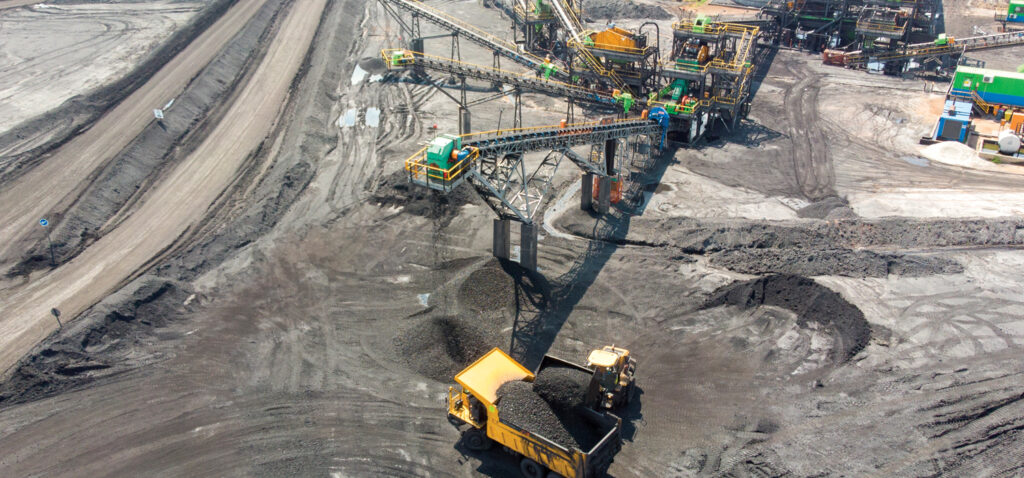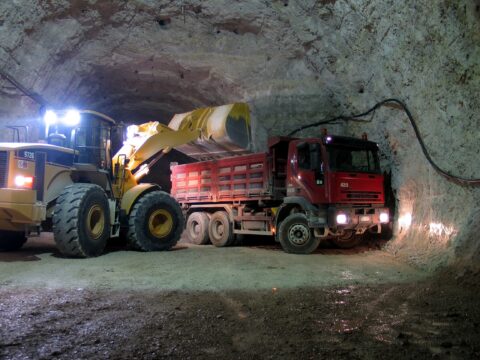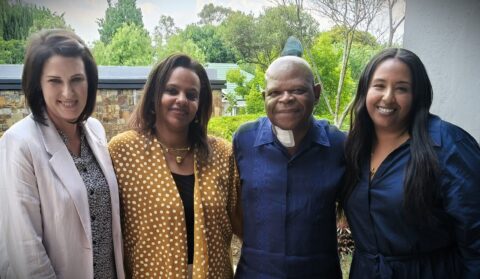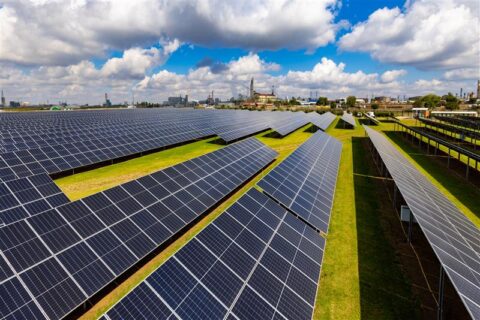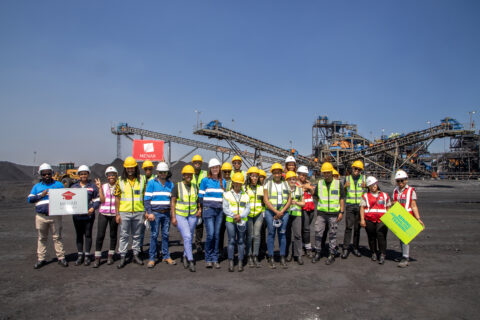SA Mining
The Continuing Relevance Of Khanye Colliery
Although countries are facing a lot of pressure to transition away from coal rapidly, the shift will happen gradually due to infrastructure constraints, energy security concerns, and economic considerations. While some countries in Europe are moving away from coal, the opposite is happening in Asia. China is making massive investments towards building new coal mines and coal-fired power stations.
According to the Global Energy Monitor, China is developing more than 1.2 billion tonnes of coal mining capacity, accounting for over half the projects across the globe. To support its large population and rapidly growing economy, India is also not backing away from coal. India is, in fact, importing a lot of thermal coal from South Africa, making operations like the Khanye Colliery – which produces washed coal predominantly for the export market – quite significant.
Closer to home, suggests Dawid Venter, mine manager at the Khanye Colliery, coal continues to be the backbone of the energy sector in South Africa. According to the Minerals Council South Africa’s Facts and Figures 2024, coal is the country’s most significant mining commodity by production volume with an output of 235 million tonnes.
The sector also employs 98 425 direct employees, he notes, reflecting the importance of having coal operations such as Khanye, which contribute to the economy and provide much-needed employment.
“Khanye, which has a remaining life-of-mine of seven years and employs more than 622 people – including local contractors – is an opencast mine located in Bronkhorstspruit, Gauteng. Opencast mining commenced in January 2018, and today, the mine produces around 200 000t/m of run-of-mine coal through its 400 tonnes per hour (tph) Larcodem plant for beneficiation, which was commissioned in March 2019. At this plant, the coal is washed and is predominantly used for the export market,” he says.
“The mine remains important and relevant for various reasons. For one, the demand for coal remains strong not only locally, but globally as well, due to the high energy demand. The International Energy Association (IEA) has forecast that global electricity demand will grow at a faster pace in the coming three years, due to an improved economic outlook for both developed and emerging economies. With such growth expected, countries will need reliable and affordable resources to generate enough baseload power.”
Community relations
Venter points out that Khanye has a range of environmental, social and governance initiatives in place to ensure that mining practices are conducted sustainably and responsibly. These include proactive measures, such as having robust environmental management practices and ongoing rehabilitation efforts, to effectively address environmental concerns.
“As a colliery, Khanye places great value on its relationship with the Bronkhorstspruit community and is dedicated to fostering positive relationships. The mine actively engages in community outreach programmes and maintains transparent communication through established community forums.”
Furthermore, he says, Khanye is committed to employing locally as part of its social labour plan and HR policies – contributing to the stimulation and enhancement of Bronkhorstspruit’s community and residents’ lives. Khanye also gives preference to local suppliers, with regard to the procurement of locally sourced goods and services.
In addition, the colliery supports sustainable development projects through its local economic development projects, like the Mkhambi Primary School, where the organisation has conducted upgrades and renovations. Khanye also offers bursaries for studies in electrical engineering, mechanical engineering, civil engineering, mining engineering, environmental science, and safety management.
“These bursaries aim to support the education and development of individuals interested in pursuing careers in these fields, contributing to the growth of skilled professionals within the mining industry,” says Venter.
“Furthermore, Khanye Colliery provides learnerships in the engineering department, offering valuable hands-on experience and training opportunities for aspiring engineers.”
He says the colliery has also committed to providing articulated dump truck training to 32 individuals from the local community. The aim is to enhance their skills and employability in the mining sector, which has in the past proved a great success and benefit for both the community and the local mines.
These initiatives, he says, reflect Khanye’s dedication to nurturing talent, promoting education, and creating meaningful employment opportunities within the community.
Local beneficiation
“Khanye has a 400tph large coal dense medium separator (Larcodems) plant for beneficiation. This plant is capable of producing a single 0-50mm product while maintaining the optionality to produce sized products, depending on the demand.”
In addition, he explains, the plant is equipped with a filter press, which mechanically dewaters the ultrafine coal material using special filter mediums to exert pressure on it, thereby separating the filter cake from the clean water. The water attained from the fine coal is reused in the plant.
“Khanye works closely with its suppliers, and the mine supports companies owned and operated by residents of its host communities. Additionally, we provide business opportunities through integration into our supply chain,” says Venter.
“The mine is also committed to recognising and mitigating the potential impacts of opencast coal mining, through proactive measures. The colliery is currently engaged in concurrent rehab activities such as seeding 25 hectares of topsoil to support land rehabilitation, in alignment with its approved environmental management plan.”
He says the colliery plans to initiate a hydro-seeding process, which is effective for hard-to-reach or steep areas.
“Hydro-seeding is helpful for areas like stockpiles, berms, around bridges or culverts, and small areas where construction has occurred. It entails spraying a mix of seeds, fertiliser, and binders – in liquid form – from a bowser with a pipe and nozzle. This can reach distances of 60m to 100m from the point of spraying.
“In so doing, Khanye not only mitigates the potential impact of mining activities on surrounding communities, but just as crucially, demonstrates its commitment to responsible mining practices.”
